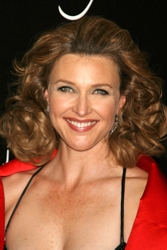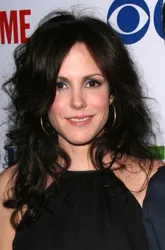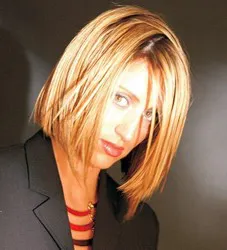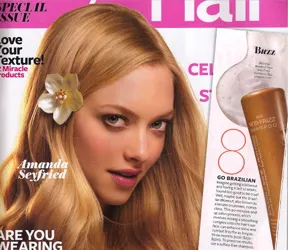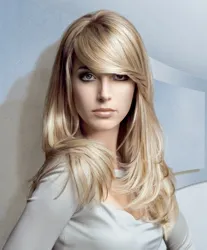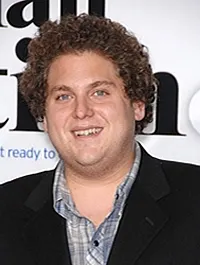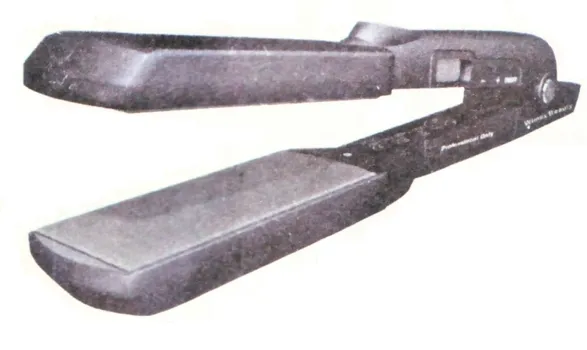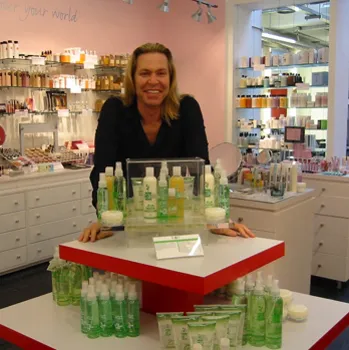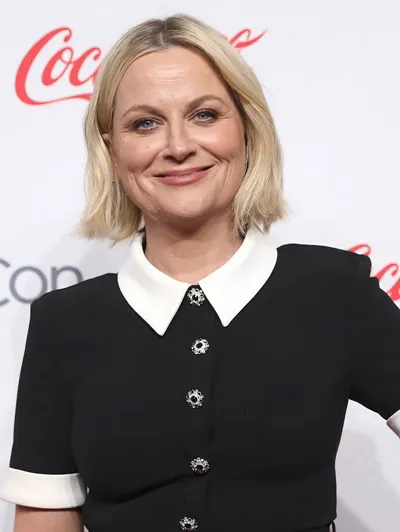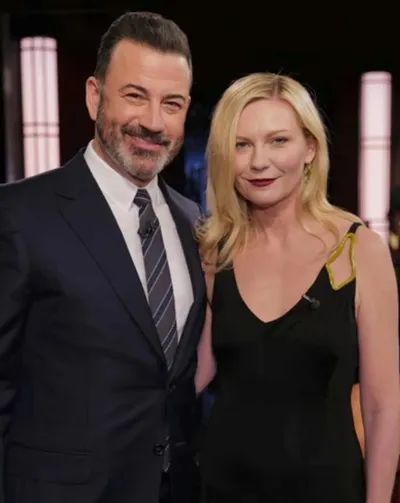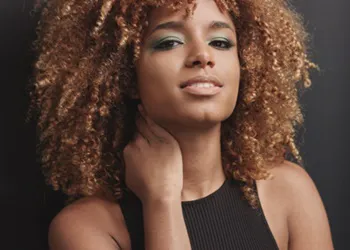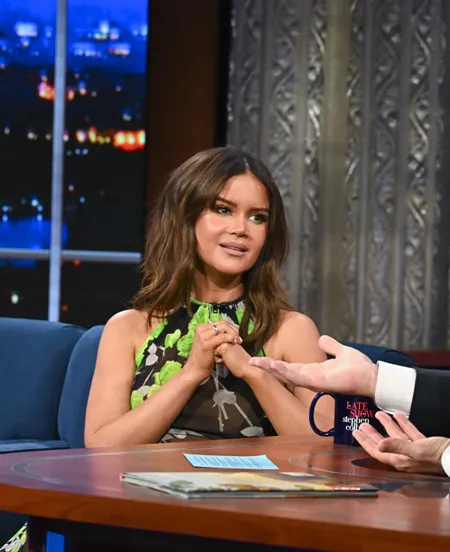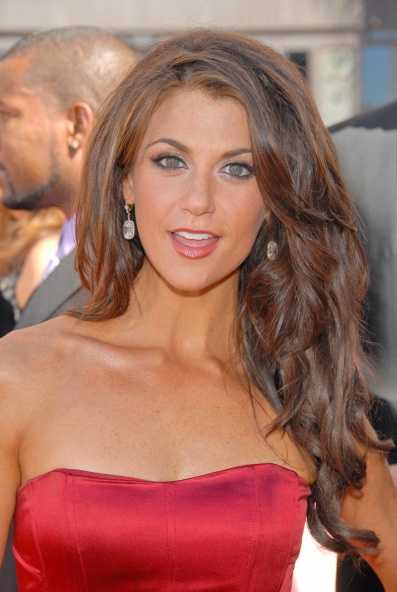
The Brazilian Hair Straightening Scoop
Introduction
Recently in the never ending quest for perfectly stick straight hair there has been a hot new trend unfolding in the hair care industry. Referred to as Hair Revitalization & Treatment Systems or Brazilian Style Relaxers. The Brazilian or copycat names that often evoke Carribean or South American terms, involve the application of very harsh chemicals to the surface of the hair. The Brazilian Relaxer is also known as Brazilian Keratin Treatments (BKT), Escove Progressiva, Brazilian Straightening, Braizilian Method, BKT, Progressive Blowdry, BKeratin, Keratin Rebounding Brazilian Rebonding, Japanese Straightening and Thermal Reconditioning. All these types of treatments involve the technical application of chemical formulas at dangerously high heat levels. Even if you are professionally licensed and have received advanced training, this process should still be considered extraordinarily hazardous. Brazilian Keratin Treatments (BKT) are controversial in the United States even though they are popular around the world. Why? They require the use of harsh chemicals. In essence, harsh chemicals are used to bind so called conditioning agents to the hair's cuticle. While it might sound exotic and worth checking out, you may want to think twice before proceeding. It is important to keep in mind the Rio Hair Naturalize Systems imported from Brazil in 1994 and 1995 that caused over 3,000 people to complain to the FDA that they experienced scalp burning, itching and other results from using the Brazilian imported product. Eventually the FDA took action and the relaxers were seized and destroyed at an estimated cost of 2 million worth of products. The current version of the Brazilian Relaxers involve known chemicals that are very harsh and are derived from formaldehyde or a derivative known as aldehyde. During the application process these harsh chemicals saturate the hair allowing some to penetrate directly into the cuticle while the majority remain unbonded because the treatment science is known to be incomplete. The Brazilian and similar Caribbean and/or South American treatments use a very high concentration of formaldehyde and these fumes are known to polymerize during the hot iron process which sends the fumes into the air to be inhaled by the stylists as well as all the clients. Excess gases are expelled into the air. Effluents effect the hairdresser, their client and anyone else nearby. Formaldehyde is a very reactive and noxious gas. It can definitely do long term damage. Customer experiencing the results of a true Brazilian relaxer have provided feedback that they experienced burning in their nose or on their scalps. All unused excess reagents are left on the hair and released into the air. An advertised alternative to the Brazilian and Caribbean style relaxers is Keratin Complex Hair Therapy by Petter Coppola.
Keratin Complex Hair Therapy promises to offer a better solution with their Natural Keratin Treatment. This treatment promises to utilize exact balanced reactions and patented polymerization processes which completely polymerizes exactly what is needed to seal the hair shaft without releasing any gases into the air. No effluents impact the clients or the hairdresser. For more information on Keratin Complex Hair Therapy by Coppola, go to http://www.keratincomplex.com or email [email protected] The Keratin Complex Hair Therapy is not a Brazilian style straightening process. The Keratin Complex formula offers the same silky result with its high percentage of keratin which is infused into the cuticle. “It’s all about the natural keratin,” says Coppola. “We are able to achieve these results without the formaldehyde in the Brazilian product. This is clearly safer and we get amazing results.” This is the way it works: the hair is shampooed with a dedicated product. Once dry, the complex is applied to the hair and pressed into small sections using an iron that is 450 degrees. After processing, the client cannot shampoo her hair for 3 days. The effects last three to five months and “wear out” leaving no line of demarcation. It can be used on color treated hair and works on all textures. The cost of the Keratin Complex Hair Therapy ranges from $350 to as much as $700. Most salons will require an initial deposit of $150 with the balance due at the time of the treatment. Some salons will not include a conditioning treatment. Be sure to ask for details in writing of what your treatment will include. Make sure to put the treatment on a reputable credit card so that it you feel you did not receive the proper treatment, you can file for a chargeback with your credit card company to recover your costs. The FDA approves thousands of products that are, in fact, unsafe. Do your homework. Other similar products use aldehyde and claim to be approved by the FDA. Keep in mind that the FDA approves thousands of products that are, in fact, very unsafe for use. Always do your homework. The Brazilian Keratin Treatment generally contains 1% formaldehyde which by some experts is said to be 5x the FDA's "safe" amount. This includes the ones that say that they are formaldehyde free" They have basically the same thing, Aldehyde and may be misleading since sometimes they have as much as 7.6%!. The product basically comes with a military style gas mask to wear for the procedure. Why it is so popular, I am not sure, it seems to be more popular the more dangers I hear of. SummarySome consumers may or may not experience fumes, burning eyes, scalps or similar. You have to do your homework, research the product, interview the stylist and only do it if you feel totally comfortable with everything you read and hear during your research process.It is suppose to remove all frizz on every type of hair, and once your hair is blow dryed it will not frizz from the humidity. Some people get straight hair and it gradually wears/washes out. This is suppose to have no formaldahyde though it does contain "aldyahydes" which is an organic form of formaldahyde but the percentage is .005%. The FDA allows 2% so it is way under the safe amount. Global Keratin also makes a comparable product. I'm interested in the results for people (stylists or clients) who have actually used these products on a longer term basis. What does your hair look like after it washes out? Is it dry, damaged, etc??? How many treatments have you had? Can you use this repeatedly every 3-4 months to maintain the smoothness without damaging Some hair clients who have received the Coppola treatment report that their eyes, nostrils and throat burned during the treatment. This would indicate potential for toxic influences.
| |||
| If you want to talk more about this or other hair care articles on HairBoutique.com or anywhere else, please post a message on HairBoutique.com's Hair Talk Forums.
|
Social Media Network Information
Please follow us on Twitter at: https://Twitter.com/HairBoutique. I look forward to meeting new people from all walks of Twitter and learning from their Tweets.


